Cracking the Code of Chemical Reactions: Your Guide to 9th Grade Chemistry Chapter 4
Chemistry isn’t just mixing colorful liquids—it’s about understanding how substances transform into something entirely new. In Chapter 4: Chemical Reactions, you’ll decode the language of equations, discover why iron rusts, and learn how energy changes drive reactions. Let’s break it down like a fun puzzle!
What’s in Chapter 4?
This chapter unlocks the magic of matter transformations:
- Types of Reactions: Synthesis, decomposition, combustion—learn to categorize reactions like a pro.
- Balancing Equations: Master the art of making atoms “add up” on both sides (spoiler: it’s not math class!).
- Energy Changes: Exothermic (heat-releasing) vs. endothermic (heat-absorbing) reactions—think campfires vs. ice packs.
- Reaction Rates: Discover why grinding a sugar cube makes it dissolve faster.
Why Should You Care?
Chemical reactions are everywhere:
- Cooking: Baking soda + vinegar = fluffy cakes (thanks to gas formation!).
- Environment: Photosynthesis converts CO₂ into oxygen.
- Daily Life: Rusting nails, digesting food, or even fireworks—all rely on reactions!
Understanding these principles helps you predict outcomes, from lab experiments to real-world phenomena.
Test Your Reaction Knowledge!
Sharpen your skills with our Chapter 4 Practice Test, covering reaction types, equation balancing, and energy diagrams.
📥 Download the Test Here:
Download PDF Test English Download PDF Test Dual Medium 9th-SNC-Chapter-4 9th-Chemistry-SNC-urdu-Chapter4Study Hacks for Success
- Use Flashcards: Write reaction types on one side and examples on the other (e.g., synthesis = 2H₂ + O₂ → 2H₂O).
- DIY Experiments: Mix baking soda and lemon juice to observe gas production (safe and fun!).
- Annotate Equations: Use colors to highlight reactants vs. products.
Common Questions Answered
- “Why must equations be balanced?”
Atoms aren’t created or destroyed—just rearranged! Balancing ensures the Law of Conservation of Mass isn’t violated. - “What slows down reactions?”
Low temperature, big particle size, or no catalysts (like unrefrigerated milk spoiling slower).
Final Thoughts
Chemical reactions are nature’s way of remixing ingredients. Whether it’s fire, fermentation, or frying an egg, this chapter equips you to see science in action. Download the test, experiment safely, and remember: every reaction tells a story!
Meta Keywords: 9th Grade Chemistry, Chemical Reactions, Balancing Equations, Exothermic Reactions, Reaction Rates, Chemistry Test PDF.


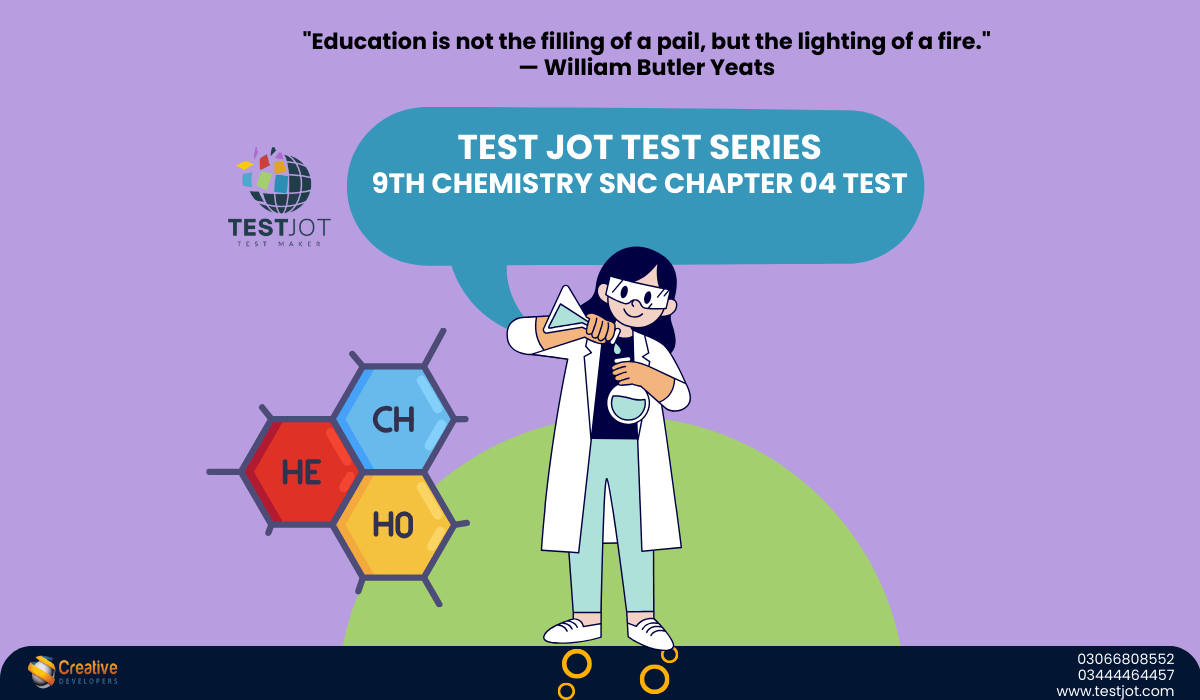
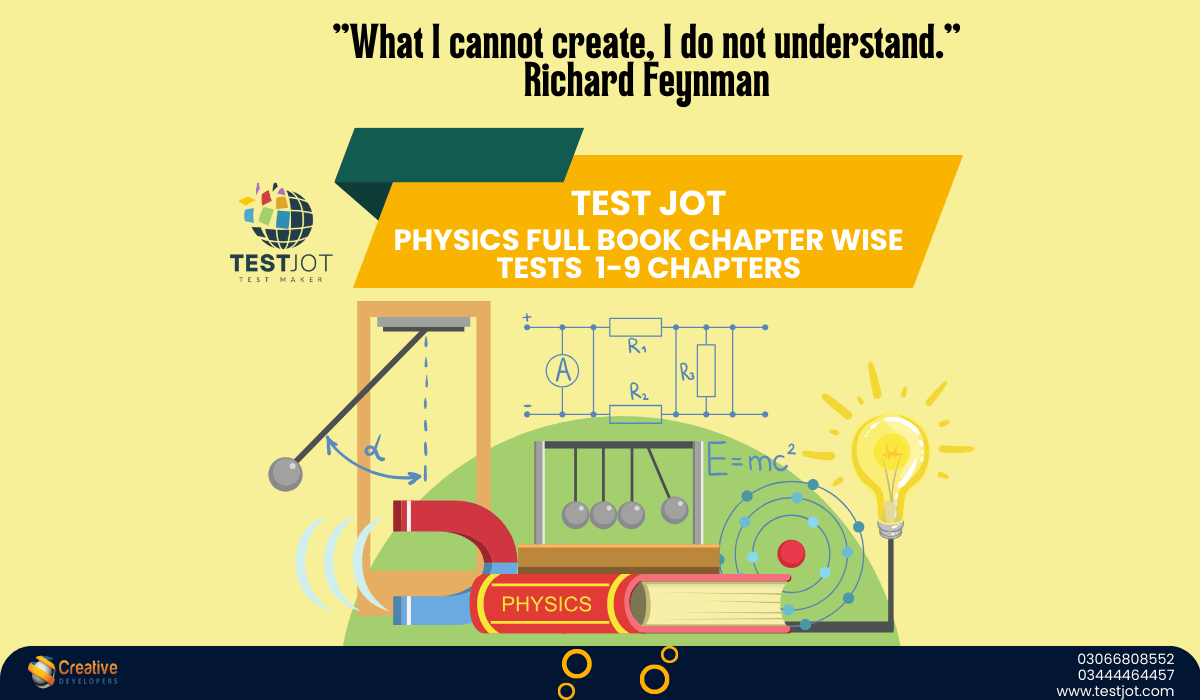
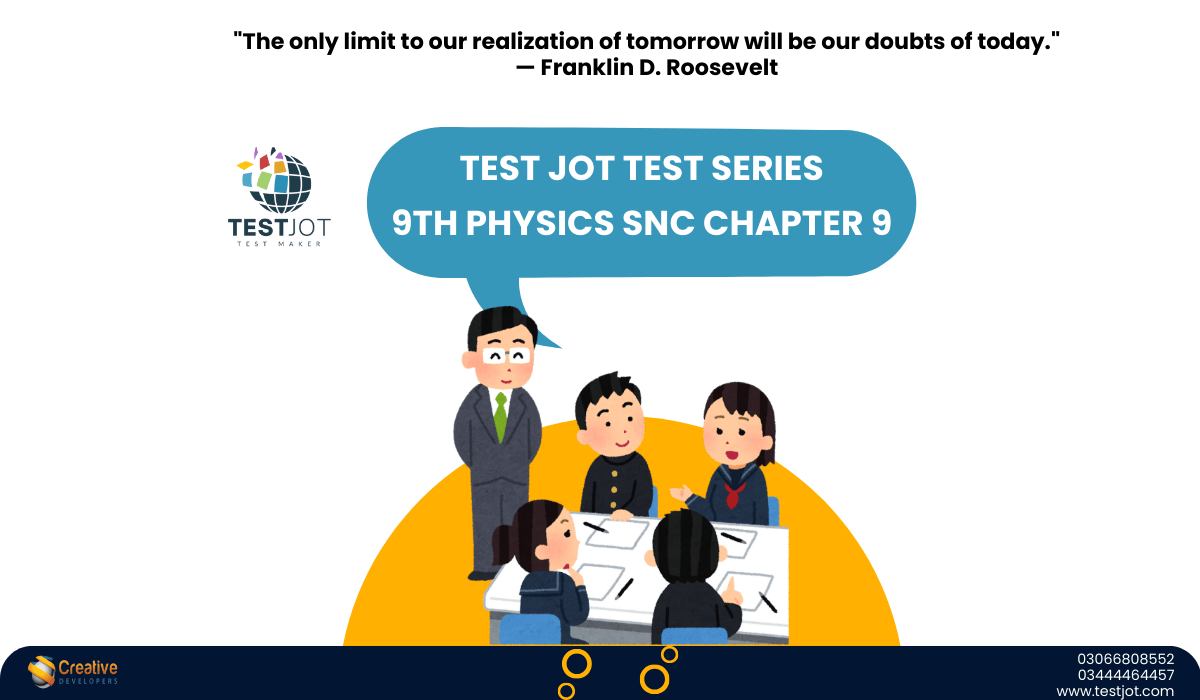
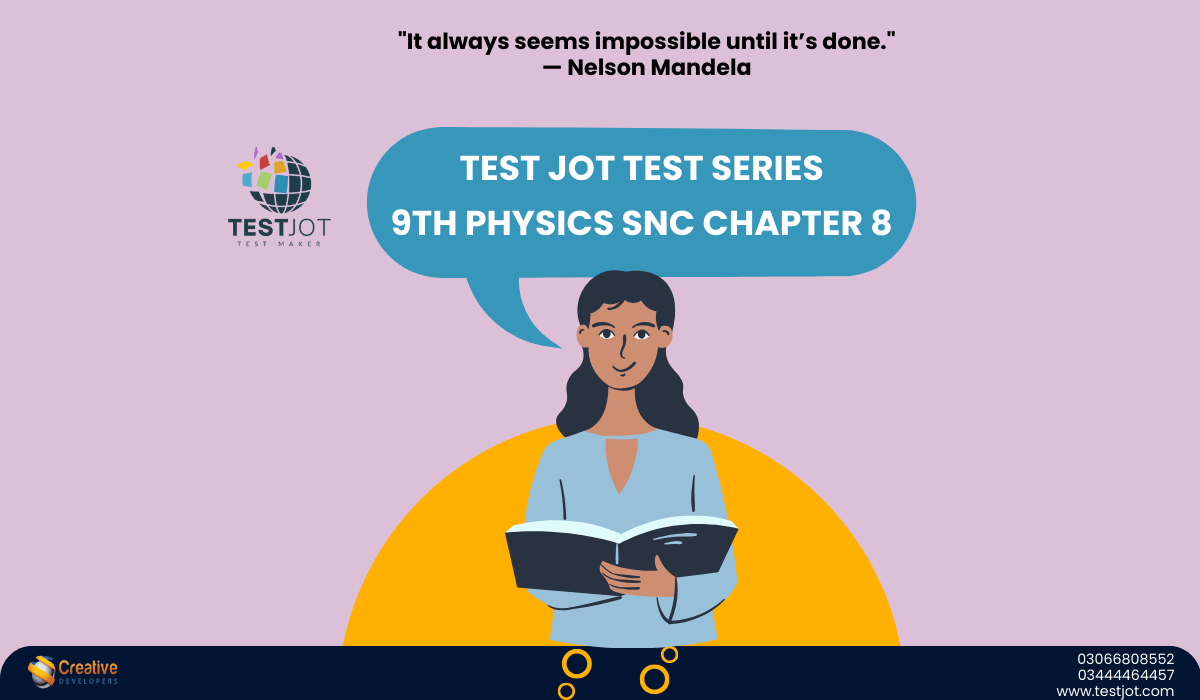
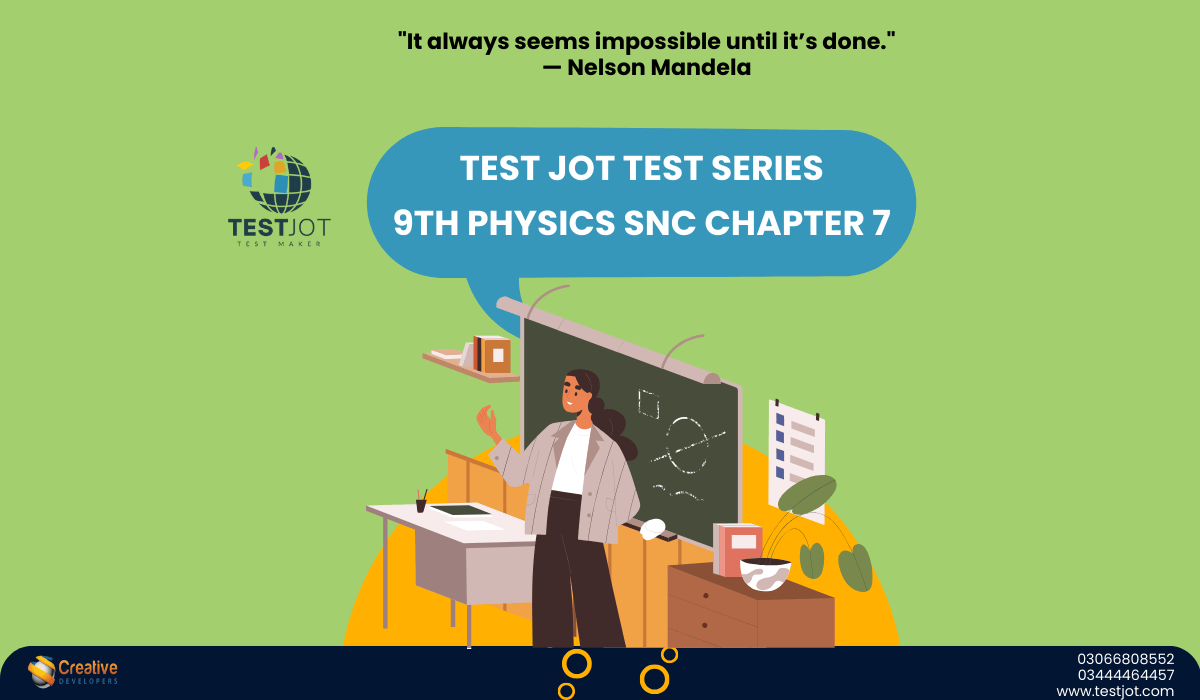
Thanks for Solving my problem
You are welcome
Keep visiting here for modern educational techniques…
Testjot – TJ